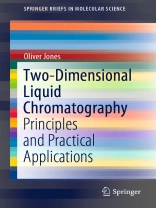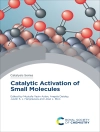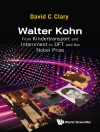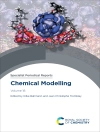This book addresses the growing interest in the field of two-dimensional liquid chromatography (2DLC), a powerful approach to increasing resolution, available peak capacity, and selectivity in analytical chromatography. 2DLC is suitable for many applications, including in the pharmaceutical and polymer industries and the omic sciences (metabolomics, lipidomics and proteomics). Thanks to recent advances in technology and software the instrumentation needed to perform 2D-LC is broadly available to the analytical community in both industry and academia. Indeed, the technique can now be considered ready for application in R&D as well as in QA and QC labs, yet it is not widely known about outside academic laboratories and is rarely taught at the undergraduate level. This book outlines the main principles and features of 2D-LC (including comprehensive and heart-cutting modes, method development and real world applications) to enable modern analysts to start using this fascinating technique.The book offers an ideal starting point for those wishing to get into 2D-LC and will also be of interest to more experienced scientists in the field.
Tabla de materias
Introduction to 2DLC .- Basic Principles.- Method development.- Data Analysis.- Hyphenation.- Applications of 2D-LC.- Conclusions and Future Developments.- Further Reading.
Sobre el autor
Oliver Jones is an analytical chemist based at RMIT University in Melbourne, where he serves as an full Professor and Associate Dean. Originally from Manchester in the UK, Oliver was awarded a B.Sc. (Honours) from Queen Mary University of London and obtained his M.Sc. and Ph.D. from Imperial College London. He then held a Postdoctoral Fellowship at the University of Cambridge. Oliver left Cambridge to take up a lectureship at the University of Durham before moving to RMIT in 2012.
Oliver’s group conducts research in analytical methods and technologies, predominantly in multidimensional chromatography and NMR, for a range of applications, particularly metabolomics and the trace analysis of environmental pollutants. Oliver also has a passion for teaching and recently helped develop a mobile game app called “Chirality-2” to help teach organic chemistry. He is currently a member of the Australian Academy of Science National Committee for Chemistry.












